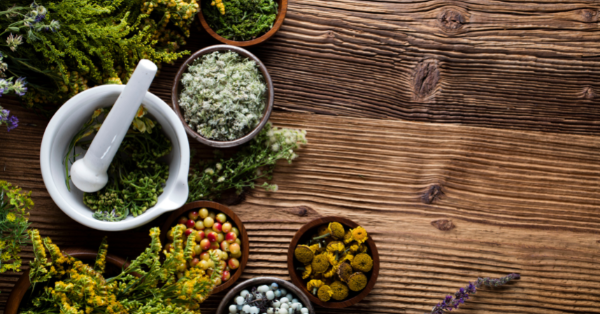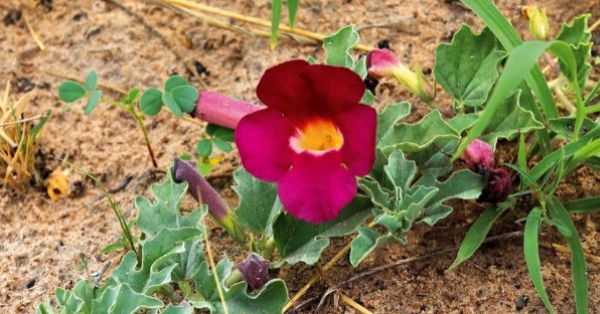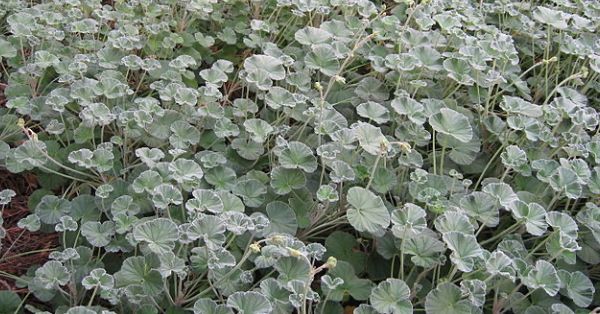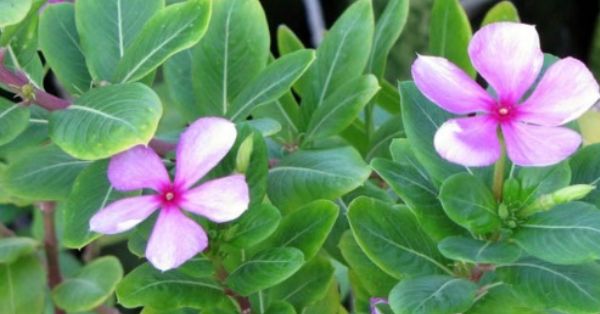
Celebrating African Traditional Medicine Day
30 Aug 2022
Written by Ms Deborah Vorhies and Ms Savanna Strauss
The 31st of August is known as African Traditional Medicine Day, corresponding with the day in2000, when health ministers at a World Health Organisation Regional Committee meeting adopted a resolution recognising the role of traditional medicine in Africa in providing accessible and affordable healthcare in the continent, and its contribution to the development of healthcare globally in the pharmaceutical sector.
Africa has an abundance of biodiversity resources, including an estimated 45,000 species of plants, of which 5,000 are used in traditional medicines. This is in part because Africa is largely located within the tropical and subtropical zones, providing strong consistent ultraviolet radiation and numerous pathogenic microbes, which it is suggested, have helped African plants accumulate chemo-preventive substances at a significantly high rate, thereby prompting their development of medicinal usefulness.
Wild harvested plants have for millennia formed part of the rich history of African medicine, based on the inherited wisdom and practices of its peoples. More recently, some of these resources have gained recognition for their medicinal benefits and become cornerstones of multi-million-dollar global industries. They form an important part – and constitute an even greater potential – of African wildlife economies.
Medicinal plants are harvested from the wild through the African continent. Here are some examples:
Gum Arabic

An example which is widespread across the Sahel and also found elsewhere is Gum Arabic It is used to supply direct medical treatment for a variety of ailments but has become enormously important in the pharmaceutical sector as well as in the food sector. The estimated global market size was USD373 million in 2018.
Gum Arabic is generally utilised in the food business as an additive, emulsifier, or stabiliser, but it is also employed in the pharmaceutical sector as a demulcent in medicines, and also applied topically to wounds. Acacia gum has long been utilised in traditional medicine and in daily life. The Egyptians used it as adhesive and as a foundation for pain remedies. The gum was used by Arabic physicians to cure a broad range of diseases, hence its name.
Pygeum

Pygeum Africanum – also known as Prunus Africanum – is extracted from the African cherry tree. These trees are found and dispersed throughout tropical African montane forests. Its native range is from Nigeria to Ethiopia in the east, and south to South Africa, as well as islands including Comoros, Madagascar, and São-Tomé. Pygeum is extensively used in pharmaceuticals and as a natural remedy to treat a wide variety of ailments from prostate issues in males to the traditional treatment of fever.
Devil’s Claw

Harpagophytum procumbens, otherwise known as Devil’s Claw, is found throughout southern Africa, and is a well-developed commercial ingredient for arthritis medication. It is an excellent example of pharmaceutical development based on traditional knowledge – in this case the Khoi and San populations of southern Africa. Even today, more than 90% of the world's supply of Devil's Claw root is derived through wild harvesting, primarily by rural populations in Namibia and South Africa.
Aloe Ferox

Other species, which are also widely used in the pharmaceutical and natural health and cosmetic sectors, are found in smaller ranges, such as Aloe Ferox, largely found in South Africa and Lesotho. Aloe Ferox, used in a variety of application since time immemorial, provides a sustainable form of livelihood to many traditional communities in the region and forms part of a major global supply chain, estimated at over USD580 million in 2020.
Pelargonium Sidoides

South Africa constitutes a particular “hot spot” for traditional medicinal plants, partly because of its unique fynbos plan kingdom, many of which are already extremely well known, such as Aspalathus Linearis (Rooibos) and Cyclopia Genistoides (Honeybush). However, there are many others. One which is enjoying particularly strong growth at present, although it already has a long tradition of use and a rich ethnobotanical history, is Pelargonium Sidoides. This decorative plant wild harvested in the Eastern Cape and Lesotho is held to be particularly effective in the treatment of acute respiratory ailments.
Madagascar Periwinkle

Another “hot spot” for traditional medicines is Madagascar, and a very pretty example is Catharanthus Roseus, also known as Cape Periwinkle or Madagascar Periwinkle It has a wide range of medicinal applications.
These examples demonstrate the enormous potential for developing wildlife enterprises across Africa based on the sustainable harvesting of wild plants for medicinal purposes. Scaling up wild harvesting, however, requires further research, as AWEI is undertaking, on the value chains for wild plant products. It also requires transparency and accountability, through voluntary certification schemes such as FairWild, to ensure positive social and environmental outcomes. Indeed, there is much to celebrate regarding African traditional medicines and their key role in the continent’s growing wildlife economy.
Deborah Vorhies, CEO FairWild and Interim COO AWEI
Savanna Strauss, AWEI Junior Operational Officer
We support the free flow of information. Please share:
More content
-

India’s Wildlife Economy: Balancing Conservation and Sustainable Use
Mathen ‘Rajeev’ MathewThe concept of a wildlife economy through the sustainable use of wildlife is increasingly recognised as a means…
Articles -

Leveraging free trade to boost Africa’s wildlife economies through wild-harvested products
Dr Wiseman NdlovuThe intra-Africa trade of wild products presents a unique intersection of economic opportunity and environmental conservation. With the...
2024Research -

Insights from the African Wildlife Economy Colloquium
Klarine SchutteThe inaugural African Wildlife Economy Colloquium, held from 4–6 November at Stellenbosch University, brought together a diverse group…
Articles -

Drivers of hunting and photographic tourism income to communal conservancies in Namibia
Mr Joseph Goergen …Hunting and photographic tourism provide ecosystem services that can facilitate conservation. Understanding factors influencing how tourism industries generate...
2024Research -

SANParks Vision 2040: A New Era for Conservation in South Africa
Ms Emily TaylorReimagining Conservation: SANParks' Vision 2040
South African National Parks (SANParks) has unveiled its ambitious Vision 2040, a…
Articles -

In defence of wild meat’s place at the table
Tim VernimmenQ&A — Conservation scientist E.J. Milner-Gulland
Sustainable and safe consumption of wildlife is possible, and important for those…
Articles -

The diverse socioeconomic contributions of wildlife ranching
Candice Denner…The diverse socioeconomic contributions of wildlife ranching are increasingly recognized as a vital element of sustainable development, particularly...
2024Research -

A conflict of visions: Ideas shaping wildlife trade policy toward African megafauna
Mr Michael 't Sas-Rolfes…The issue of wildlife trade is a major concern for the conservation of African megafauna, such as elephants...
2024Research -

Barriers to the Participation of the Traditional Leadership Institution in Promoting Rural Agricultural Development
Dr Wiseman Ndlovu…The Traditional Leadership Institution (TLI) is constitutionally recognised to promote rural development in South Africa. It works with...
2022Research
Get updates by email
Through impactful research, stakeholder engagement, and professional development, AWEI is supporting the wildlife economy across Africa. Please subscribe for occasional updates on our work and forthcoming events.
Sign up for a quarterly dose of AWEI insights
In a complex and changing world, AWEI generates strategic ideas, conducts independent analysis on wildlife economies, and collaborates with global scholar-practitioners to provide training and expertise for biodiversity conservation, climate resilience, and inclusive economic opportunities in Africa.
